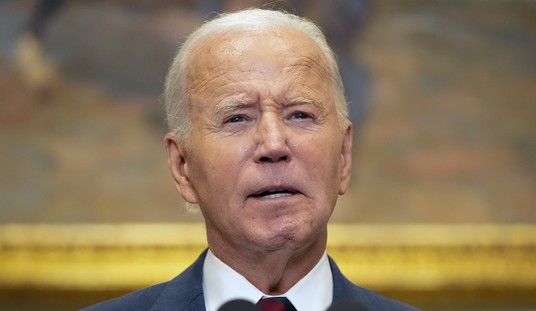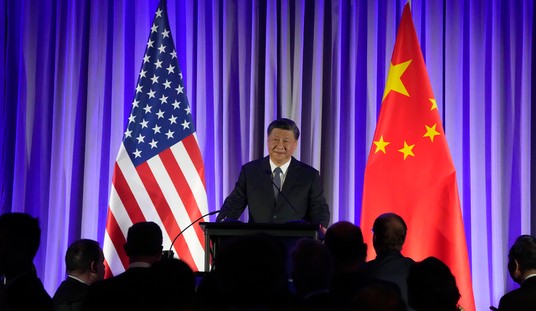Dakota Access Pipeline (DAPL) protesters and the Morton County, N.D., Sheriff’s Department squared off in a major battle over the weekend that featured tear gas, concussion grenades and a water cannon from law enforcement, and rocks, burning logs and slingshots from the Standing Rock Sioux tribe side of the clash.
Protesters were given a freezing bath of thousands of gallons of water when officers in riot gear fired a water cannon at the protest line with temperatures reported to be in the low-to-mid 20s.
The Sunday battle was the latest flare-up of violence between law enforcement and people trying to stop the 1,200-mile, four-state pipeline that is being built to carry oil from western North Dakota to Illinois.
The Standing Rock Sioux tribe, along with environmental protesters from across the nation, have been blocking construction on an 1,100-foot section of the pipeline project at the Missouri River and Lake Oahu since April. It is the final segment of DAPL that needs to be completed before the $3.8 billion project can be finished.
The tribe and its allies warn a leak from the pipeline could contaminate drinking water and construction could damage sacred sites.
The protest site had been relatively peaceful since late October. But Sunday night, police responded to what they called a “riot.”
“Law enforcement is currently involved in an ongoing riot on the Backwater Bridge, north of a protest camp in Morton County. Protesters in mass amounts, estimated to be around 400, are on the bridge and attempting to breach the bridge to go north on highway 1806. Protesters have started a dozen fires near the bridge,” read the sheriff’s department’s initial press release.
The sheriff’s department also said the protesters were “very aggressive” and were trying to “flank and attack the law enforcement line.”
A statement from the Morton County Sheriff’s Department on Tuesday morning after the six-hour-long melee said protesters had targeted officers with “rocks, burning logs and shots from slingshots.”
Backwater Bridge is close to where protesters had established a camp in April on private property owned by Energy Transfer Partners, the pipeline development company. The protesters were moved off the site in October.
Police then put up a barricade on what had been the protest site.
Dallas Goldtooth, an organizer with the Indigenous Environmental Network, told the Bismarck Tribune the police blockade prevented emergency services from reaching the Standing Rock Sioux Reservation and a camp that was used as a staging ground for demonstrations.
The demonstrators decided the blockade had to come down.
“Folks have a right to be on a public road,” Goldtooth said. “It’s absurd that people who’ve been trying to take down the barricade now have their lives at risk.”
The site where Dakota Access plans to drill under the Missouri River is about one mile north of the bridge.
The sheriff’s department later said officers used the water cannons as part of an effort to extinguish and remove a burning truck that protesters used to form a barricade on the bridge.
However, one of the protesters, Kevin Gilbertt, posted a video on his Facebook page that he asserted showed the sheriff’s department was only using the water cannon for crowd control, a claim that journalist Jenni Monet said on her Twitter account was partially validated.
Monet tweeted a comment from Donnell Hushka, the sheriff’s department’s public information officer, in which he said, “We have fire trucks on the scene. They are using their fire hoses to put out the fires, wet the land around so fires don’t spread, and they are also using water as crowd control.”
LaDonna Brave Bull Allard, a Standing Rock Sioux tribe member and founder of the Sacred Stone camp, told the Guardian that protesters had been “attacked” with water cannons.
“It is 23 degrees out there with mace, rubber bullets, pepper spray, etc. They are being trapped and attacked. Pray for my people,” she said.
A spokesman for the Indigenous Environmental Network said 167 people were injured. Seven required hospital treatment.
“We have seen at least four gunshot wounds, three of them to the face and the head, rubber bullets,” a medic on the scene told the IEN. “People have also been hit in the chest and leg with canisters.”
Outraged protesters aren’t finished yet.
A post on the Sacred Stone Camp’s Facebook page called for a “Week of Solidarity Action” beginning on Black Friday, culminating with a “Global Day of Action” on Dec. 1.
“The main targets are the banks funding the Dakota Access Pipeline and the Sheriff Departments,” the Sacred Stone Camp’s Facebook post said, “who have been brought in to Standing Rock to brutalize water protectors.”
Law enforcement is getting ready for another fight, too.
The Daily Caller reported reinforcements are on the way from the Border Patrol.
“It’s very little and it’s very late but it’s a start. We need more assistance from DOJ and DHS because the violent, paid protesters are likely not going anywhere soon,” a law enforcement source told the Daily Caller.
“We assess out-of-state protest leaders …are planning an event-a-day of illegal activities in hopes of creating more media attention and more money into their coffers,” the source added, “all creating a toxic and dangerous mix of violence and destruction.”
A GoFundMe page for one of the injured protesters, Sophia Wilansky, said she had come to the site several weeks ago from New York City. “Sophia was giving out bottles of water to protectors holding down the space when she was shot with a concussion grenade,” the page said. “She was air lifted to County Medical Center in Minneapolis were she’s currently undergoing extensive, hours-long surgery from injuries sustained from the blast.” Activists said she was in danger of losing an arm.









Join the conversation as a VIP Member